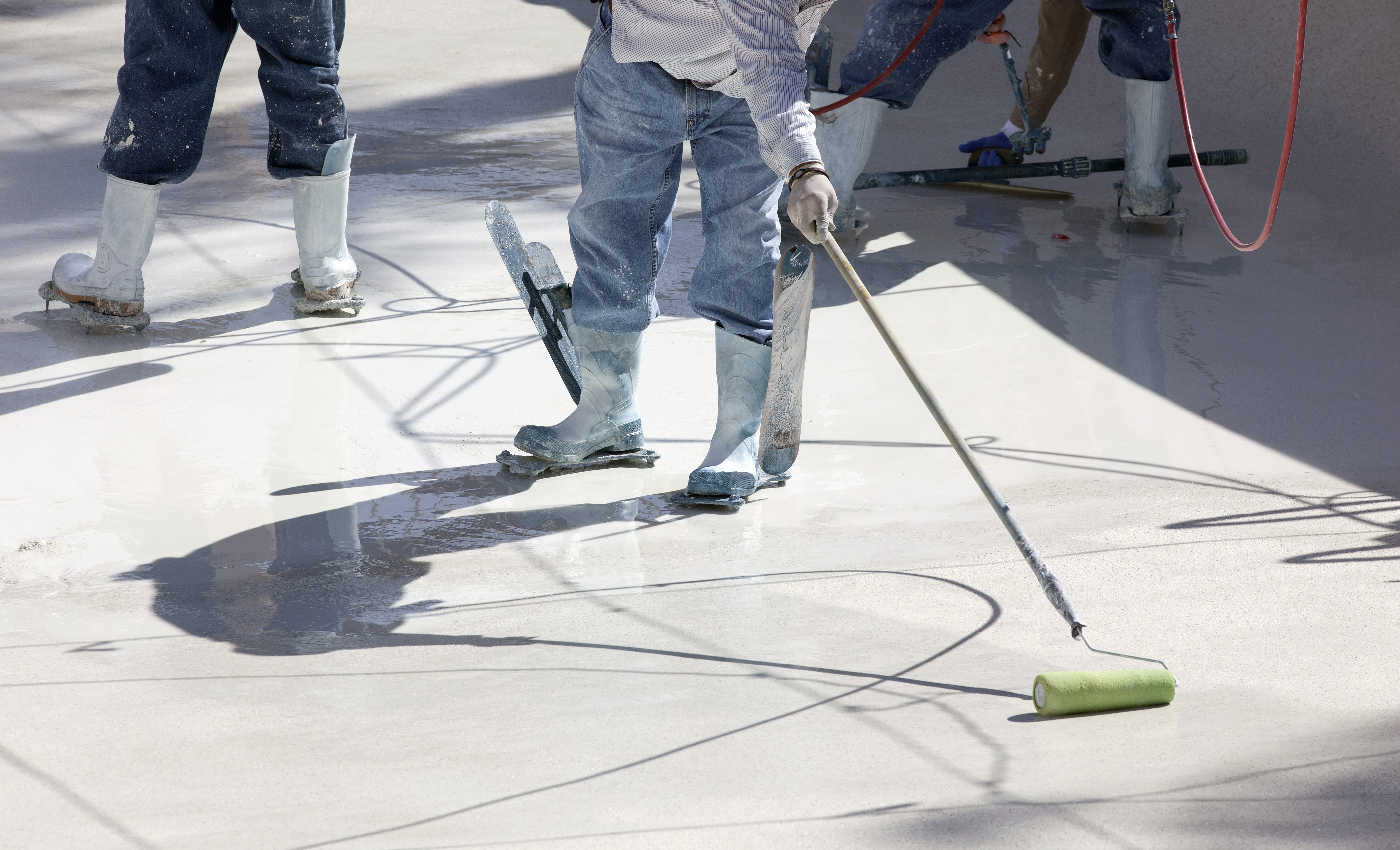
Maintaining your pool is essential for both its appearance and longevity. Over time, even with regular care, pool surfaces wear down, requiring resurfacing. This guide will help you identify the signs that indicate resurfacing is needed, explore different pool surface materials and their lifespan, and explain the resurfacing process and associated costs. By understanding these factors, you can take the right steps to keep your pool in top condition.
Signs That Your Pool Might Need Resurfacing
Several indicators suggest that your pool surface may be deteriorating. Addressing these issues early can prevent more extensive damage and costly repairs. Below are the most common signs that it’s time for a pool resurfacing.
Stubborn Pool Stains
If stains in your pool do not disappear with cleaning or brushing, resurfacing might be necessary. These stains are often caused by water chemistry imbalances, which can lead to surface erosion. Persistent stains not only affect aesthetics but may also signal deeper damage to the pool structure.
Consistently Dropping Water Levels
A gradual drop in water level can indicate a structural leak, often requiring resurfacing if the pool shell is compromised. If water loss continues despite checking evaporation rates and plumbing, resurfacing may be the best solution to restore the pool’s integrity.
Erosion Marks on Pool Surfaces
Erosion marks or rough patches on pool surfaces suggest that chemical imbalances have worn down the material over time. These marks not only make the pool less visually appealing but can also indicate a need for resurfacing before further deterioration occurs.
Plaster Flaking or Discoloration
Aging plaster may start to flake, chip, or change color, signaling that the surface is wearing thin. If left unattended, the exposed plaster can deteriorate further, leading to structural issues that require more than just resurfacing.
Frequent Cracks in Pool Walls
Cracks, even if small, can indicate structural weaknesses in the pool surface. These cracks can allow water to seep through, weakening the pool shell and potentially causing leaks. If cracks become a recurring issue, resurfacing is a practical solution.
Dislodging Pebbles from the Surface
Pebble finishes typically last 10 to 20 years. If you notice pebbles breaking loose prematurely, this could mean the bond is weakening, necessitating resurfacing to prevent further damage and maintain safety.
Fiberglass Overlay Issues
Fiberglass pools may experience issues like delamination (peeling layers) or cloudiness caused by chalking. These problems affect both the durability and appearance of the pool. If fiberglass deterioration becomes evident, resurfacing may be required.
Preventing the Need for Frequent Resurfacing
Proper maintenance helps extend the lifespan of your pool surface, delaying the need for resurfacing. Routine care can prevent many common issues.
Maintaining Proper Chemical Balance
Water chemistry plays a crucial role in preserving pool surfaces. Low pH can erode plaster, while insufficient calcium hardness may cause etching. Regular testing and adjustments can prevent these problems.
Addressing Minor Damage Early
Routine inspections help detect small issues like stains, cracks, or erosion before they worsen. Prompt repairs can prevent costly resurfacing projects.
The Pool Resurfacing Process
The resurfacing process involves multiple steps to restore the pool’s appearance and functionality.
Steps Involved in Pool Resurfacing
- Draining the Pool – Water is removed to expose the pool surface.
- Stripping the Old Surface – The existing finish is removed to prepare for the new one.
- Repairing Any Damage – Cracks, delamination, and erosion spots are patched.
- Cleaning the Pool Structure – The pool is cleaned to ensure proper adhesion of the new finish.
- Applying a New Surface – A fresh layer of plaster, pebble, or fiberglass is installed.
- Refilling and Balancing Water Chemistry – The pool is refilled, and chemicals are adjusted to stabilize the new surface.
Why Professional Consultation Is Recommended
Resurfacing requires precision to ensure durability and longevity. A professional can recommend the best material for your pool and handle any structural concerns that may arise during the process.
Pool Maintenance and Renovation Tips
To maximize your pool’s lifespan, follow these maintenance and renovation strategies:
- Monitor Surface Wear and Tear – Look for signs like flaking plaster, stains, and cracks.
- Use a Pool Cover – Protects against debris and reduces chemical exposure.
- Regularly Test Water Chemistry – Prevents erosion and staining.
- Perform Annual Inspections – Detects issues early before they require major repairs.
Conclusion
Knowing when to resurface your pool is crucial for its longevity and safety. By identifying early signs of wear, maintaining proper water chemistry, and investing in quality resurfacing materials, you can extend the life of your pool and keep it looking its best. Regular maintenance and timely repairs will ensure your backyard oasis remains a beautiful and functional space for years to come.